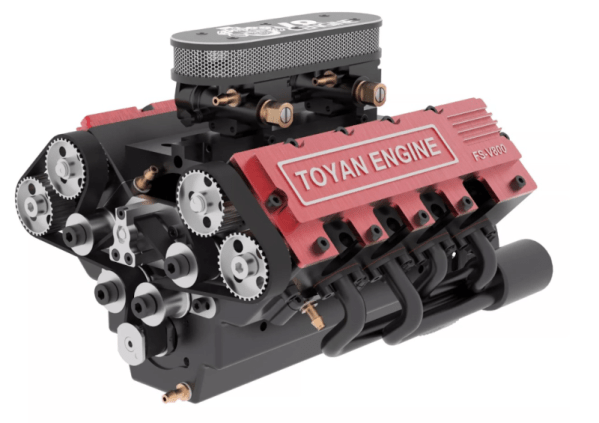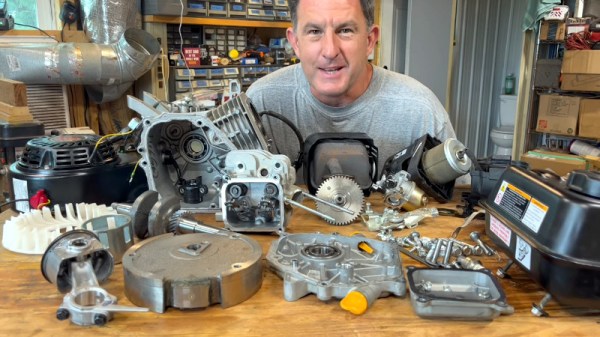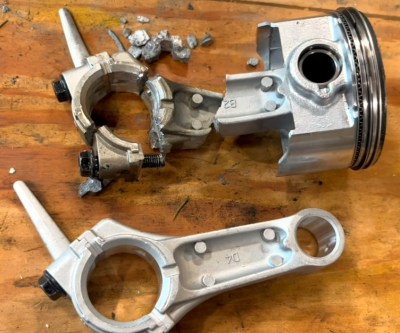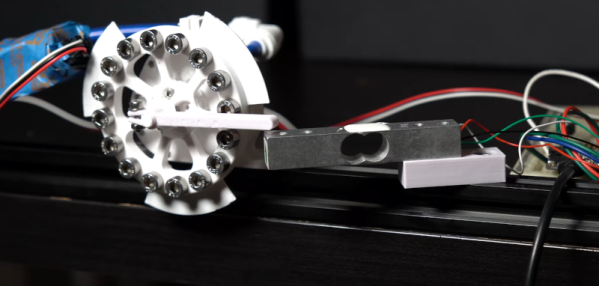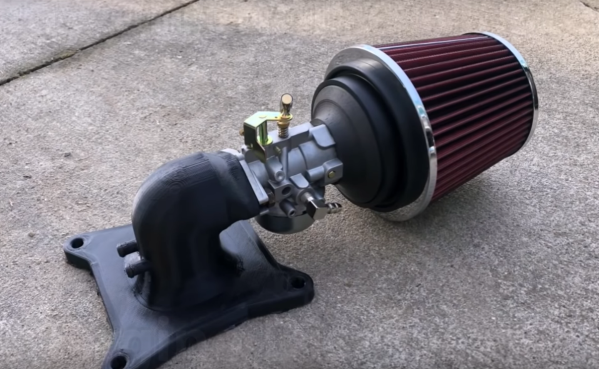In the news today, Afghanistan has made its first sports car, and it’s a sleek and low-slung model with a throaty exhaust note that would get a second look on the Autobahn just as much as it does on the streets of Kabul. Making a modern sports car is an impressive achievement no matter where you do it, but it wouldn’t be something we’d share with you were it not for how the story is being reported. The general tone of Western reporting is focused not upon the car itself, but instead poking fun of it for using a Toyota engine also found in a Corolla.
Anyone who grew up during the Cold War will remember the rhetoric of the era with respect to technology. To paraphrase a little, our planes or rockets were based on the finest and latest high technology, we were told, while theirs were held together with string and sealing wax from the 1940s. This neglected the fairly obvious fact that Soviet probes were visiting all the planets, something they must have had some pretty good tech at their disposal to achieve. This was then explained as the product of their having stolen all our super-advanced Western tech, something we now know that our lot weren’t averse to either when the opportunity arose.
It’s this which is brought to mind by the mirth of the Western commentators at the Afghan car’s supposedly humble engine. It doesn’t matter what you think of the Afghan regime (and there’s plenty there to criticize), the car should be assessed on its merits. After all, it’s hardly as though the engine in question didn’t find its way into more than one sports car that Western commentators might find appealing.


